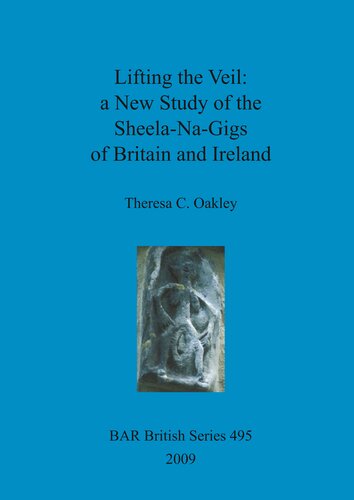

Most ebook files are in PDF format, so you can easily read them using various software such as Foxit Reader or directly on the Google Chrome browser.
Some ebook files are released by publishers in other formats such as .awz, .mobi, .epub, .fb2, etc. You may need to install specific software to read these formats on mobile/PC, such as Calibre.
Please read the tutorial at this link: https://ebookbell.com/faq
We offer FREE conversion to the popular formats you request; however, this may take some time. Therefore, right after payment, please email us, and we will try to provide the service as quickly as possible.
For some exceptional file formats or broken links (if any), please refrain from opening any disputes. Instead, email us first, and we will try to assist within a maximum of 6 hours.
EbookBell Team

4.1
40 reviewsThe stylised naked female figures carved in stone and wood found upon medieval churches and tower houses, known as sheela-na-gigs, have long attracted both academic and popular attention. Consequently, a diverse body of literature on the subject exists, yet much of it, especially the more easily available works, feature numerous inaccuracies. This book represents a move towards a detailed, accurate and archaeologically sensitive record of the sheela-na-gigs in Britain and Ireland, and establishes their study firmly within the orbit of mainstream research. Throughout, context is a central concern. Accordingly, in-depth analysis of the carvings is used to foreground the typical characteristics of a sheela-na-gig and their architectural and sculptural settings. The medieval repertoire of architectural imagery and the social and religious frameworks in which these images were produced is explored, before turning to look at the complex meanings evoked by the figures. It is argued that previous interpretationsof the sheela-na-gig as a fertility figure, Celtic goddess, or image of lust have occluded the deeper significance of the image, whose ambiguity and danger is more suggestive of a herald of the sacred or otherworldly icon. This is substantiated by an exploration of the vital links between the grotesque, monstrous, ambiguous and the sacred, together with influences derived from philosophy and classical mythology, as expressed in western medieval culture.